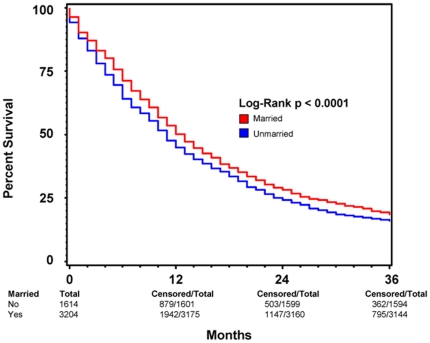Figure 4. Kaplan-Meier Survival Curves Comparing Patient Marital Status among patients who underwent cancer-directed surgery.
A Kaplan-Meier survival curve comparing survival based on marital status among all patients diagnosed with pancreatic ductal adenocarcinoma (PC) between 1998 and 2003 with known marital status who underwent cancer-directed surgery. This comparison illustrates that the pro-survival effects of marriage hold true among patients who underwent tumor resection, a procedure that is considered the greatest prognostic factor among patients diagnosed with pancreatic cancer. RED indicates patients who were married at the time of diagnosis and BLUE represents patients who were not married at the time of diagnosis. Total patients for each patient group, as well as total and censored patients at 12, 24, and 36 months are indicated. For each time point, “total” indicates the number of patients with ample follow-up information to determine survival at the respective time point. “Censored” indicates the number of patients who lived beyond the respective time point. This method of data representation was chosen rather than indicating at-risk patients for each time point to allow for easier interpretation of overall survival at 12, 24, and 36 months. Total patient number indicated at 0 months is equivalent to total at-risk for each patient group. For each time point, “at-risk” can be considered the number of “censored” patients from the previous time point minus the number of patients lost to follow-up between the previous and current time points. Patients lost to follow-up between time points are indicated by the respective decrease in “total” values.

